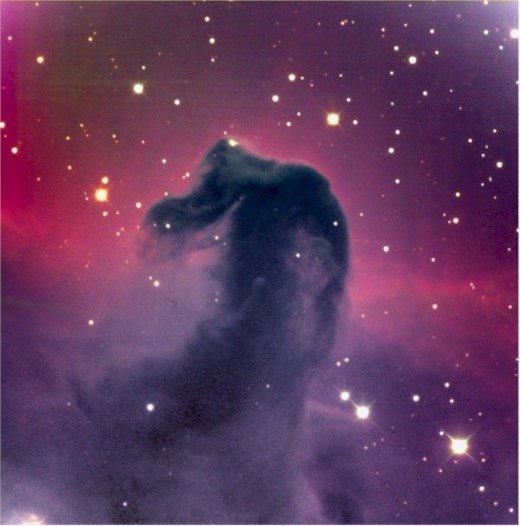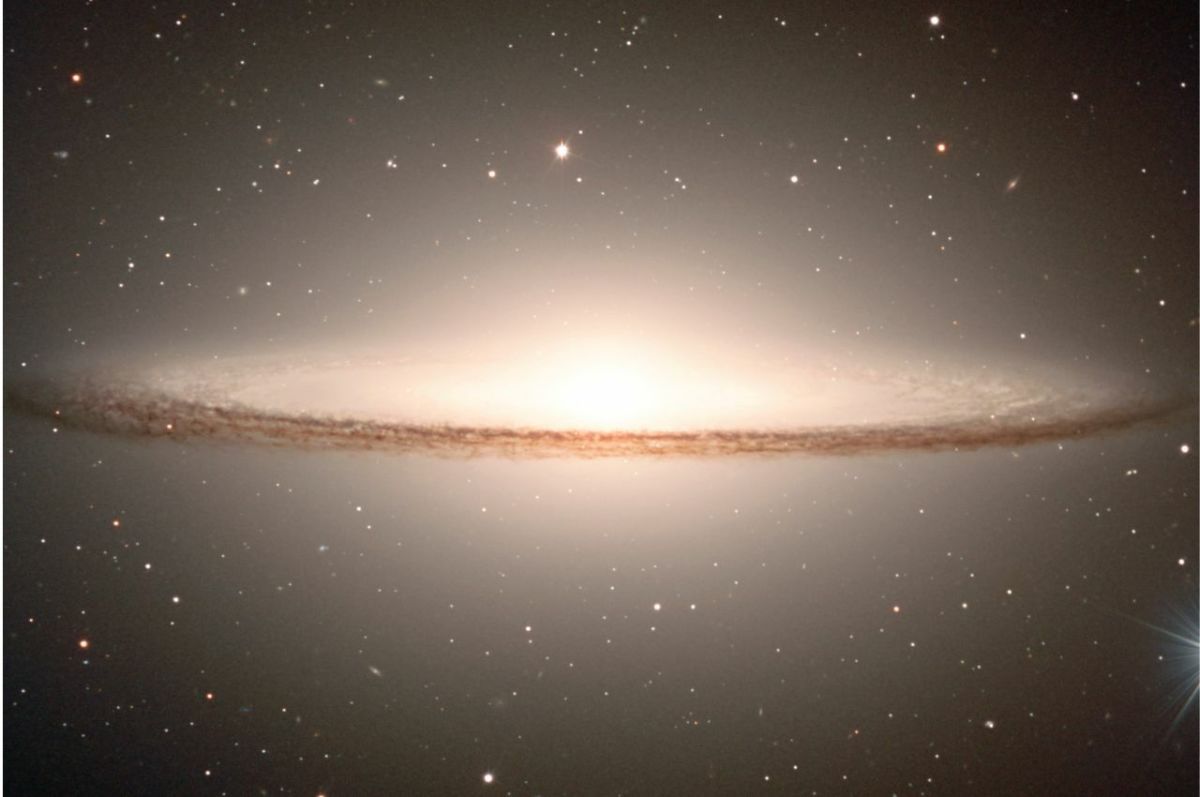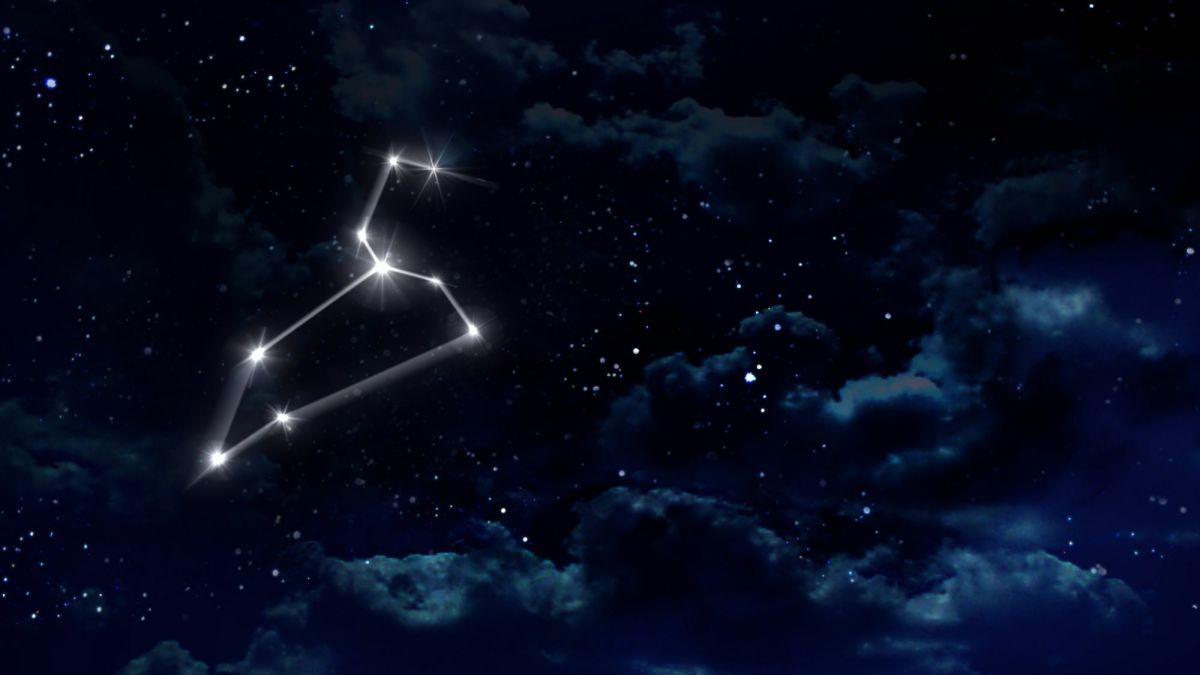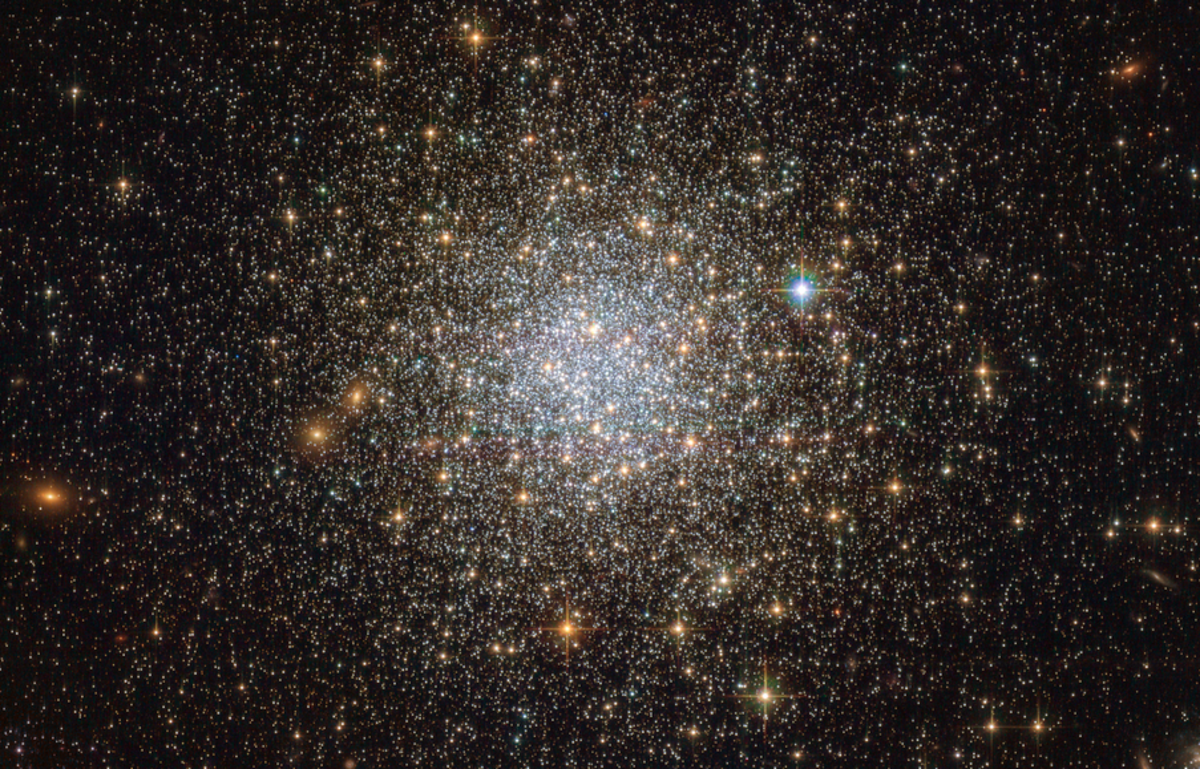Constellations And Their Hidden Gems
The Constellation Orion The Hunter
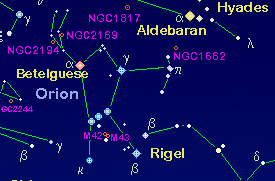
The Owl Nebula
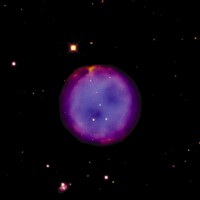
The North American Nebula

The constellation Ursa Major

The Andromeda Galaxy

The Whirlpool Galaxy and companion Galaxy
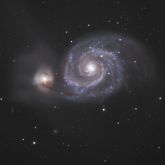
The Ring Nebula
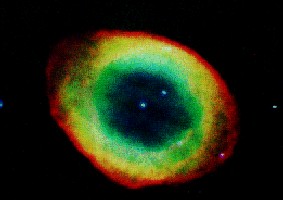
Constellations, like the stars in the heavens that shape them through the minds imagination, have been visible in the night skies since the beginning of time and maybe longer than that for all we know, as well as that of modern science. Yes, the cave men and other ancients had written stories on walls and told stories about how fights in the heavens with creatures of myth and many other legend, had taken place. Stories about Hunter's fighting dragon's and other mythological creatures.
On any clear, moonless night, one can step outside and after a few moments of standing in the darkness, be able to make out patterns etched in the blackness of space. Stars of various colors and brilliance; soon appear to the unaided eye as figures that we here on earth can relate to as familiar objects. In addition and imaginary line can be drawn between these stars or groups of stars that have been given the name constellations. And after awhile from our own observations, one would be able to visualize stories being unraveled before our eyes, that were once told by the ancients.
You do not have to be an astronomy buff, to start enjoying their presence on any dark night, and all that is required is the naked eye for the most part. However many if not most of the constellations that we can see, hold more than just a story within. If we peer a little deeper into the areas of these constellations, we may be able to pick out fuzzy objects that appear near major stars that shape them.
Or with the aid of a pair of binoculars we may reveal, an open star cluster, composed of hundreds of stars. In another location of any given constellation, we may, with a small telescope even pick out a faint patch that looks like a smoke ring for example. If you think your eyes are playing tricks on you, take a look again, because for the most part they are not.
Take the constellation Lyra, as an example, best viewed in the northern hemisphere during a warm summer's night. Lyra actually does have a ringlike nebula that looks somewhat like a giant smoke ring. Better known as M57, as designated by charles messier's catalogue of deep sky objects. M57 or the Ring Nebula is a beautiful gem indeed, and is located between the two lower stars that form the rectangular shaped Lyra.
In any small telescope the ring nebula looks exactly as if someone inhaled a puff of smoke, than later puckered their cheeks, and exhaled it out in a way that formed what looked like a smoke ring. This particular nebula, is the result of a supernova explosion from billions of years ago.
Within the center of the ring nebula, you will notice a small star. This star is the remnant or aftermath of that supernova explosion-hence forming the perfect nebulous gas ring that now encircles it.The constellation Lyra, also is composed of a fairly bright star, called Vega. Vega is a blue-white super-giant.Many other patterns in the heavens also come into play, no matter what time of the year you are out enjoying the various constellations and their hidden gems.
Here in the northern hemisphere, even further north where some of us are still experiencing winter, one can be able to see the familiar star pattern that makes up the constellation Orion. The hunter, as Orion is often referred to, because of a small group of stars that appear in front of this constellation, looks somewhat like a small shield. And also more so, because of a hazy area of stars that appear below three brighter stars in the constellation.
This cloudy region, or what appears to be a group of stars in Orion, is the hunter's belt. It is a beautiful gem not only in a pair of binoculars field of view, but a small telescope, reveals a more distinct nebula. This nebula is better known as M42 or the North American Nebula. One could see why it gets its name, because upon observing this area of Orion, this nebula appears somewhat in shape to that of the continent of North America.
When I mentioned viewing some of these deep sky objects through a small telescope, I am not referring to some elaborate scope costing hundreds of dollars or more. Try searching Amazon, or another reputable source, and you should be able to locate a ten, or thirteen inch Dobsonian reflector.
I prefer a Dobsonian telescope when it comes to viewing fainter objects,that the human eye is not able to discern. Particularly because of its excellent light-gathering capability. There are telescopes, as I previously mentioned above that start at around $150.00, for a good used one. Amazon is also another bargaining place option to utilize, if you're in the market, for both new, as well as used scopes..
A new dobsonian reflecting telescopes start out at around $300.00 and up. Also before you go out on your first venture of observing the hidden gems found within some of the constellations named in this article; try to make it a point to pick up a good star chart of the heavens, or that that shows the constellations.
A good star chart goes for about $15.00 and also a few contain within, a separate listing of the deep sky objects as referenced by Charles Messier's list of deep sky objects. If you are with a friend or want to point out a pattern of stars, forming a constellation that you are currently viewing and want to share with that person; you may also want to go on amazon and purchase a green, or red LED laser light pointer, for around $11.00. LED pointers pierce the blackness of space in such away that the high intensity beam looks as if it is touching the star you have it focused on.
You may already own a few of these astronomical tools; to help make your observing of the constellations and their deep sky gems a bit easier in terms of locating them. If you don't chances are you can pitch in with a friend or go to the local observatory to utilize their equipment.
Using the equipment of your local observatory is usually free, and all that is asked for from people coming to use their equipment, is a small donation of $5.00 or so to support their cause. This usually amounts to a few dollars to put in the pot for hot cocoa or chocolate chip cookies that are offered on a cold winter's night viewing session.
So now that you are familiar with some of the resources mentioned, and maybe you have access already to one or two of these items. You can now continue to scan the night skies for additional hidden gems. Constellations,like Lyra and the ring nebula are only a few for starters. Try focusing your eyes or eyepiece on Orion the hunter and M42, that is an excellent constellation to view with many hidden gems.
Orion is a best viewed in the Northern hemisphere within the Northeast quadrant of the sky. An average size telescope, with a special filter, will reveal a beautiful nebula, called the Horse head Nebula near the region of the North American Nebula. And upon viewing the horse head nebula, you will know why it has earned this particular name. When looking at this dark nebulous area of Orion, the familiar shape of a horse's head takes shape within the eyepiece of the telescope.
Also Orion is home to the Red super-giant star Betelgeuse. Betelgeuse is located to the upper left of three fairly bright stars that make up the belt of Orion and is at times nearly comparable to the red color that the planet mars gives off. Alnitak, Alnilam and Mintaka are the names given to these three bright stars that make up Orion's belt.
These stars can be easily viewed during any clear winter's evening on the southern horizon. Also within the vicinity and just below the M42 nebula, there are three fairy bright stars that form a distinct triangle. These stars that form this area of Orion is called the trapezium.
Looking towards the north, there is yet another familiar constellation that will appear in the sky here.The familiar handle and large bowl shape lends way to what most of know as The Big Dipper, or Ursa Major the great bear, as it is also at times referred to.
The big dipper is a great constellation for many amateur's to start off observing with, because it is the home of many a deep sky objects like nebula and galaxies, that can be viewed in either a good pair of binoculars or a small telescope. By using a star chart, you will be able to pinpoint the location of a few deep sky objects.
Of these M51 or the famous Whirlpool Galaxy is much like our closest neighboring galaxy, Andromeda, or M31, located near the constellation Pegasus. It is also a galaxy that is similar to our own milky way in appearance and has a smaller companion galaxy, NGC 5194. M51 and its companion can be viewed in the same field of view using a small telescope. The total distance across of these two galaxies is equal to 90,000 light years.
M51 technically located in the northern constellation Canes Venaceti, can be located in a small telescope, nestled just below the end of the big dippers handle. It sits at a comfortable distance of 27 million light years from our own milky way galaxy and is composed of thousands of sun like stars that are held in place by their own gravity.
Still another interesting deep sky object M97, or the Owl Nebula is located between and below the two bottom stars that form the base of the big dipper. A small telescope will reveal a white, ghostly, circular object that has two distinct dark areas within that look like eyes. Hence how the Owl Nebula received its name, because through a small telescope it takes on the appearance of an owls face.
Upon looking further at the stars that away form upper portion the big dipper's bowl, you will notice two end stars that are, if you will- the pouring side of the big dipper. Dubhe and Merak draw an imaginary line right to a star that is better known to most as Polaris, or what is known as the North Star, because it is pointing directly true north.
Polaris is the brighter star that makes up the constellation Ursa Minor, also called the little dipper. The little dipper is not only much smaller in size than the big dipper but fainter as well. Once the north star is located above the big dippers bowl, one will be able to make out the rest of the little dipper without much effort.
The constellations as you probably have already concluded, are teeming with a variety of deep sky gems, that are amazing to gaze upon, each veiled within their own natural beauty. Nebulae, star clusters and galaxies, of various shapes and sizes, bind-boggling to say the least as to how they originated in the first place, can be found within countless constellations. And only a few have been named here in this article, and many more other intricate patterns in the night sky and their hidden gems are still waiting to be discovered by you.
The Horsehead Nebula
